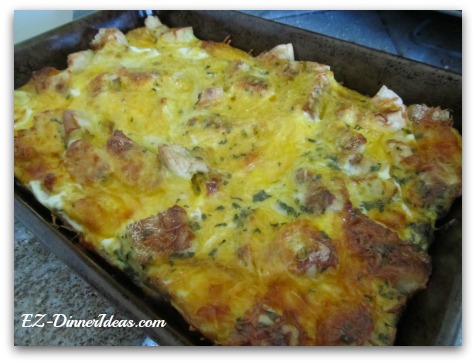
However, a correspondent to Manchester Notes and Queries, writing in 1883, claimed that the crampet, as it was locally then known, simply took its name from the metal ring or "cramp" used to retain the batter during cooking. An etymology from the French language term crompâte, meaning "a paste of fine flour, slightly baked", has also been suggested. Īlternatively, crumpet may be related to the Welsh crempog or crempot, a type of pancake Breton krampouzh and Cornish krampoth code: cor promoted to code: kw for 'pancakes' are etymologically cognate with the Welsh. The word crumpet itself, of unclear origin, first appears in relatively modern times it has been suggested as referring to a crumpled or curled-up cake, based on an isolated 14th century reference to a "crompid cake", and the Old English word crompeht ('crumpled') being used to gloss Latin folialis, possibly a type of thin bread. The word spread initially to the West Midlands of England, where it became anglicised as pikelet, and subsequently to Cheshire, Lancashire, Yorkshire, and other areas of the north crumpets are still referred to as pikelets in some areas.

The early 17th century lexicographer Randle Cotgrave referred to " popelins, soft bread of fine flour, &c., fashioned like our Welsh barrapycleds". This name was derived from the Welsh bara pyglyd or "pitchy bread", later shortened simply to pyglyd.

Small, oval pancakes baked in this manner were called picklets, a name used for the first recognisable crumpet-type recipe, published in 1769 by Elizabeth Raffald in The Experienced English Housekeeper. The bara-planc, or griddle bread, baked on an iron plate over a fire, was part of the everyday diet in Wales until the 19th century. In either case, breads were, historically, commonly cooked on a griddle wherever bread ovens were unavailable. ( vulgar, sexual slang ) Female pubic hair female genitals ( vulva, vagina), like muff.A crumpet ( / ˈ k r ʌ m p ɪ t/ ( listen)) is a small griddle bread made from an unsweetened batter of water or milk, flour, and yeast, popular in the United Kingdom, Canada, New Zealand, South Africa and Australia.Ĭrumpets are regionally known as pikelets, a name also applied to a thinner, more pancake-like griddle bread a type of the latter is referred to as a crumpet in Scotland.Ĭrumpets have been variously described as originating in Wales or as part of the Anglo-Saxon diet, based on proposed etymologies of the word.The Java Web Start implementation honors this legacy by naming the pairs " muffins. The name/value pairs provided by the PersistenceService are similar to browser cookies. 2001, JNLP and Java Web Start, Sun Developer Network, Technical Articles and Tips, :.( computing ) A mechanism used in the Java Network Launching Protocol analogous to the cookie mechanism and which permits a program running in a browser to perform operations on a client machine.For quotations using this term, see Citations:muffin.A cupcake-shaped baked good (for example of cornbread, banana bread, or a chocolate dough), sometimes glazed but typically without frosting, eaten especially for breakfast (in contrast to a cupcake, which is a dessert).

( Britain ) A type of flattish bun, usually cut in two horizontally, toasted and spread with butter, etc, before being eaten an English muffin.An alternative theory suggests a connection to Old French moflet ( “ tender, soft (bread) ” ). Likely from Low German muffen, plural or possibly a diminutive of Low German muffe ( “ small cake ” ), both from Middle Low German muffe ( “ small pastry ” ). Etymology įrom earlier moofin, of uncertain origin. A muffin (sense 2) with a spreading muffin top. English A muffin (sense 1, an English muffin).


 0 kommentar(er)
0 kommentar(er)
